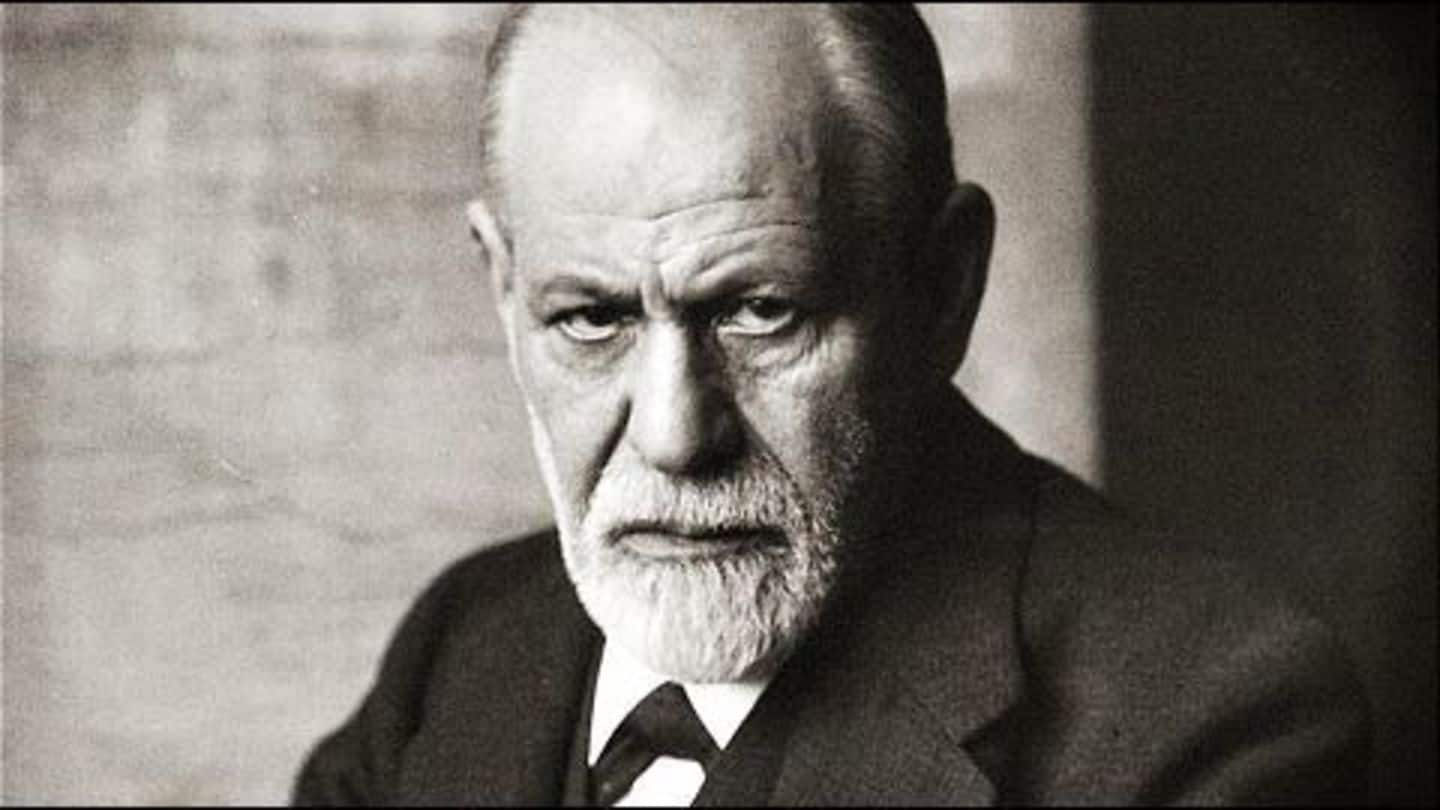
Google marks Sigmund Freud’s 160th birth anniversary
What's the story
To mark the 160th birth anniversary of Sigmund Freud-'Father of Psychoanalysis', Google dedicated a doodle to him.
The doodle represents Freud's most popular iceberg theory with his face shown as an iceberg tip floating on the surface of the water.
Rest of the doodle is submerged in water with a huge hidden iceberg-base, which represents the murky depths of the unconscious mind.
Introduction
Who was Sigmund Freud?
Sigmund Freud was born on 6 May 1856 in the Moravian town of Freiberg in the Austro-Hungarian Empire.
He was an Austrian neurologist and widely known for creating the theory of 'psychoanalysis', which is a clinical method adopted to treat psychopathology.
Freud had to leave Austria in 1938 to escape the Nazis; he died on 23 September 1939 after a long battle with cancer.
Personal
Winner of the 1930 Goethe Prize
In 1930, Sigmund Freud was awarded the Goethe Prize for his contributions to German literary culture and psychology. In 1935, the British Royal Society of Medicine made him the Honorary Foreign Member of the Society.
1900s
Laying the foundation of ‘Psychoanalysis’
Sigmund Freud concluded that a patient could be treated for mental illness while being engaged in an unexpressed discourse about his traumatic experiences in a hypnotized state.
Later, he discovered that the dreams of a patient could also be analyzed, and his psychic repression could be studied and cured.
He carried out extensive research on the same subject, which he had coined as 'Psychoanalysis'.
Psychoanalysis
What is Psychoanalysis?
Psychoanalysis is a process to treat psychopathology- mental illness/psychological impairment, in which the patient is treated through dialogue between him and a doctor/psychoanalyst.
In this process, the psychoanalyst determines the patient's condition through verbal communication and analysis of various traits like mannerism, resistance, conflicts between conscious and unconscious, emotional disturbances, etc.
Wilhelm Fliess, Freud's friend, had also played a major role in coining psychoanalysis.
Information
Freudian iceberg theory
Freud developed a topographical model of the mind's structure and compared it to an iceberg. The iceberg's tip is the consciousness, the middle of the iceberg is the preconscious/subconscious mind, and the iceberg's base is the unconsciousness.
Works
Major published works of Freud
Freud's 'The Interpretations of Dreams' published in 1899, was one his greatest works ever as it had introduced the subject of 'unconscious' with reference to dream analysis.
'The Psychopathology of Everyday Life' published in 1901, was another significant work as it had laid the foundation for 'psychoanalysis'.
Freud's paper-'The Ego and the Id' had outlined the theories of 'psychodynamics' of id, ego, and super-ego.
Personal
Freud's ideas were considered shocking
Freud's ideas initially faced controversies and sparked debate; they were considered shocking, and experts felt that his theories were baseless. However, his theories had profound influence later on psychology, anthropology, sociology, literature and art.